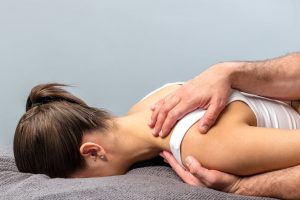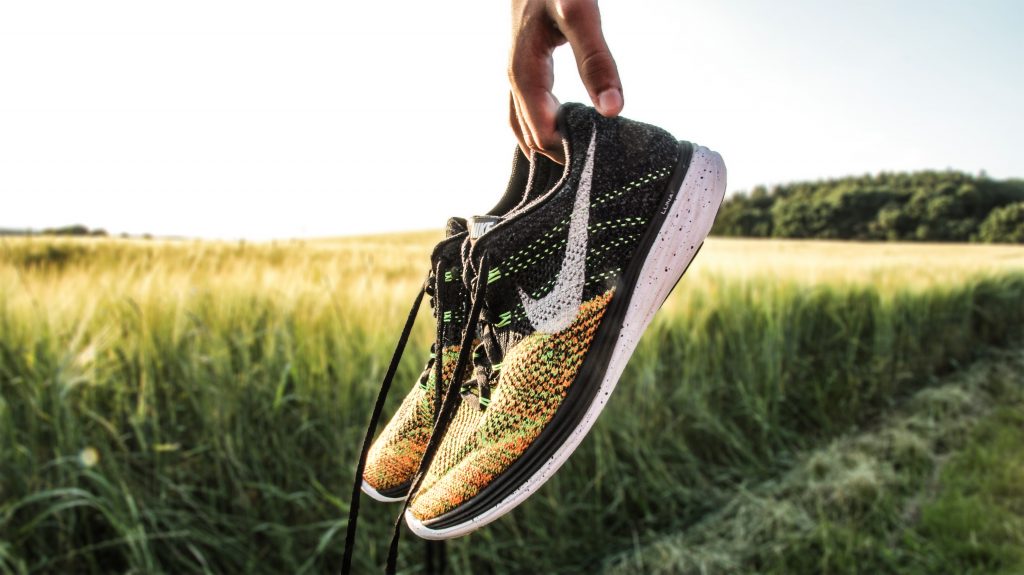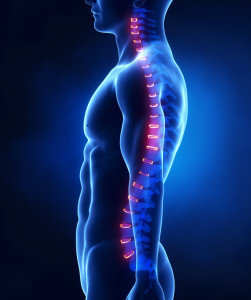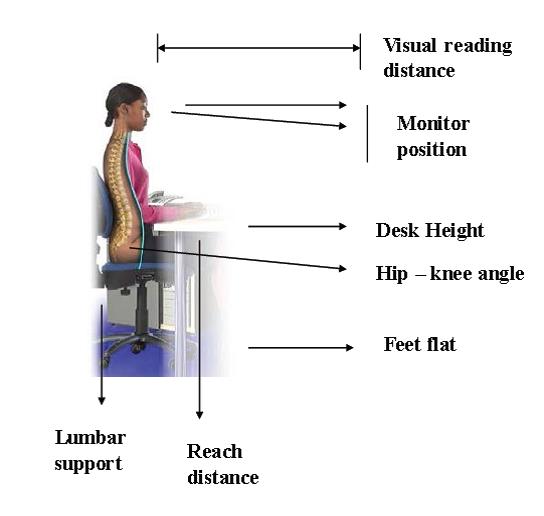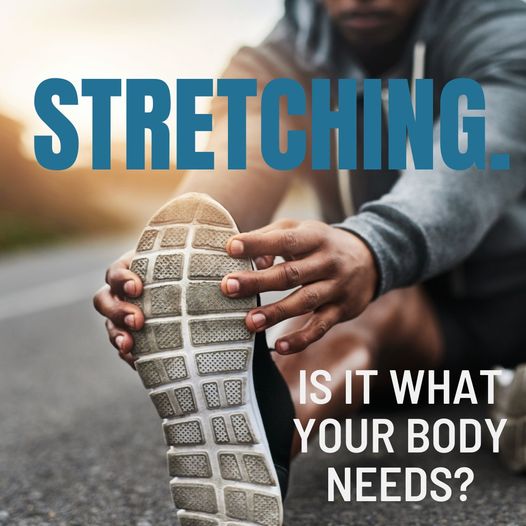
The promise of injury prevention often associated with static stretching seems to fall short in the scientific realm. Studies are urging fitness enthusiasts to pivot toward dynamic exercises for a more effective warm-up routine. Dynamic exercises, such as proprioceptive training, strength workouts, and dynamic warm-ups, are emerging as champions in preserving performance levels and reducing the risk of injuries.
The shift from static to dynamic warm-ups has a growing evidence base. Dynamic exercises engage your muscles in a way that static stretching simply doesn’t. They prepare your body for the dynamic movements that lie ahead in your workout, enhancing flexibility, blood flow, and overall performance. As we bid adieu to the old-school static stretches, consider embracing a new era of warm-up routines that incorporate dynamic, agility, strength, and balance exercises for superior results.
So, before you settle into that long-held stretch pre-workout, take a moment to reassess. Your body might just thank you for the switch, unlocking a new realm of athletic potential and injury prevention. After all, in the dynamic world of fitness, adaptability is key. ????????

